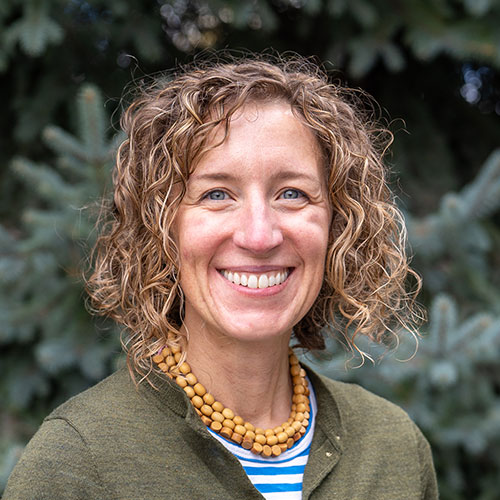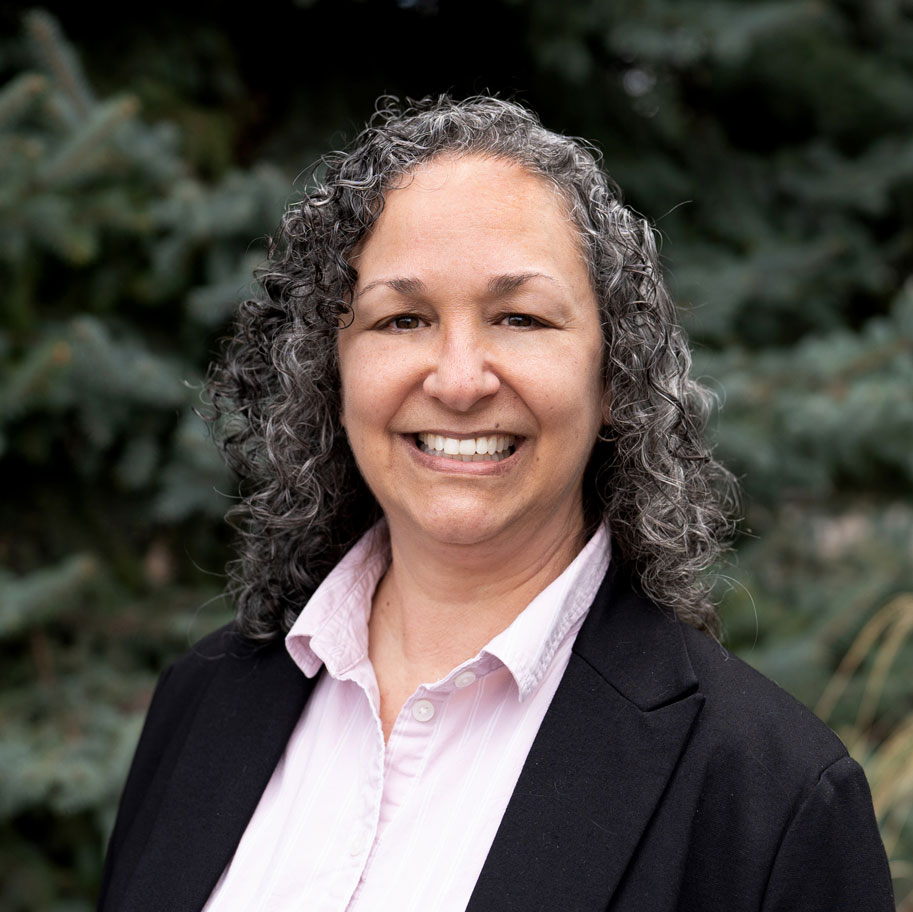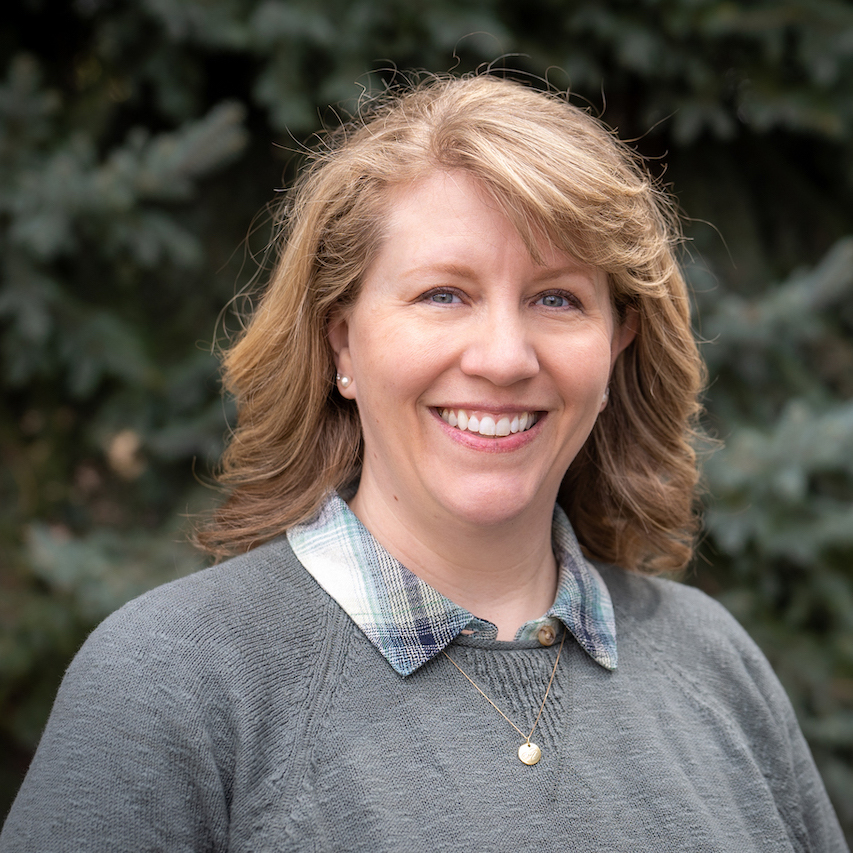Publishing is inherently collaborative.
Here are some examples of our partners:
-
Faculty
Faculty are our authors, and we combine forces to create interactive, interlinked learning materials that are consistent in format and function, in an effort to reduce students' cognitive load.
This digital publishing option also reduces cognitive load for faculty—they don’t have to know how to do this work. They send us Word documents, and our team takes care of the rest. In an age where everyone has to be good at everything, it’s nice to be able to take that off the plate of faculty and give them one less thing to worry about. So everyone wins—the students get elegant materials, faculty don’t have to create them, and my team gets the fun work of designing them.
It's also convenient for new faculty to have a single place to review what else we might be teaching about a topic. I just learned from our CBL director that she has discontinued using an outside resource and is now including Learning site materials as the reference instead. -
Office of Curriculum
The Digital Publishing team is part of the Office of Curriculum, and we consult with them often for work on all of our courses, scheduling, posting session materials, etc. We're working closely with them on digital accessibility training.
-
EdTech
As members of the Instructional Design + Digital Publishing team, we are frequent partners with EdTech, in particular with the Learning Design consultant. They are important partners in identifying potential projects for the Learning site, and we work together to make our materials look similar, as part of our effort to reduce cognitive load for both students and faculty. Our analytics go into the end-of-system debriefs, and we collaborate often on future plans for various materials.
-
Office of Technology
Our team started in the Office of Technology, and we work closely with the web developers on the team to keep the websites up-to-date and secure. We also maintain their website, which contains all manner of vital technical documentation for students, faculty, and staff.
-
Marketing and Communications
We meet regularly with members of the Marketing and Communications team to learn what projects they are working on and see where our efforts might combine. It has led to a particularly fruitful collaboration on the topic of digital accessibility, as well as consultation to make sure our materials are cohesive with WSU branding.
-
Student Learning Center
We work with the SLC to hear how students are doing and learn how we might meet their needs better. One meeting in particular led to a cross-team collaboration on the Structure of the MD Program Curriculum page, which provides overarching information about our program—useful information for students, faculty, and staff.
I was approached to incorporate their library of information into the Learning site, which I would have loved to do if we'd had the resources. It would be of benefit to the students to have the SLC's resources immediately available to them on a website that they are already visiting daily. -
Assessment
We work with Assessment to post review materials and CBL orientation materials—continuing toward the goal of putting student materials in a single place.
-
Digital Accessibility workgroup
Digital Publishing + Instructional Design, in part with Marketing and Communications, created the Digital Accessibility ambassador group, consisting of participants from all across the college. This led to the assemblage of the Digital Accessibility work group, whose goal to educate and train faculty and staff on Digital Accessibility.
-
Colleagues outside of the College of Medicine
We have worked with members of Nursing and CAHNRS on digital accessibility topics and have been invited to give a training to the Veterinary School. The opportunity to learn from others and, in turn, share what we know is an integral part of our modus operandi.


